NASA ‘LightCube’ Mission To ‘Flash’ Earth Despite Ethics, Light Pollution Concerns
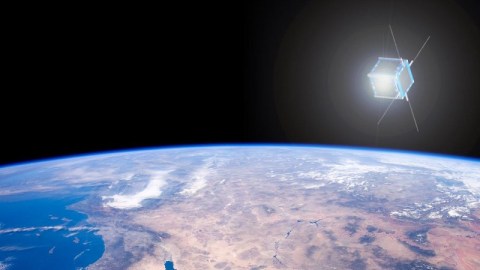
‘Fast Optical Bursts’ will confound ground-based astronomy.
As of 2021, planet Earth is currently experiencing the least pristine night sky in recorded history. Prior to the development of artificial lighting, the naked human eye could see up to 6,000 stars on a clear, moonless night. Today, there are only a few locations left on Earth’s land masses — mostly isolated in a few Dark Sky preserves or where professional observatories are located — where light pollution from the ground doesn’t severely reduce what the human eye can see. The advent of LED lighting and the lack of appropriate fixtures in our global infrastructure continues to worsen this problem, with no relief in sight.
However, the last two years have brought with them another crisis for skywatchers and astronomers alike: worsening light pollution from satellites. As large numbers of bright, close satellites are launched to provide a large-bandwidth, low-latency global data network, viewers of the night sky — including many astronomical research programs — have a new, non-removable obstacle to contend with. However, the latest development is truly a shocker: NASA has approved a CubeSat mission that will deliberately “flash” planet Earth from space, making it the brightest artificial light pollution point source in history.
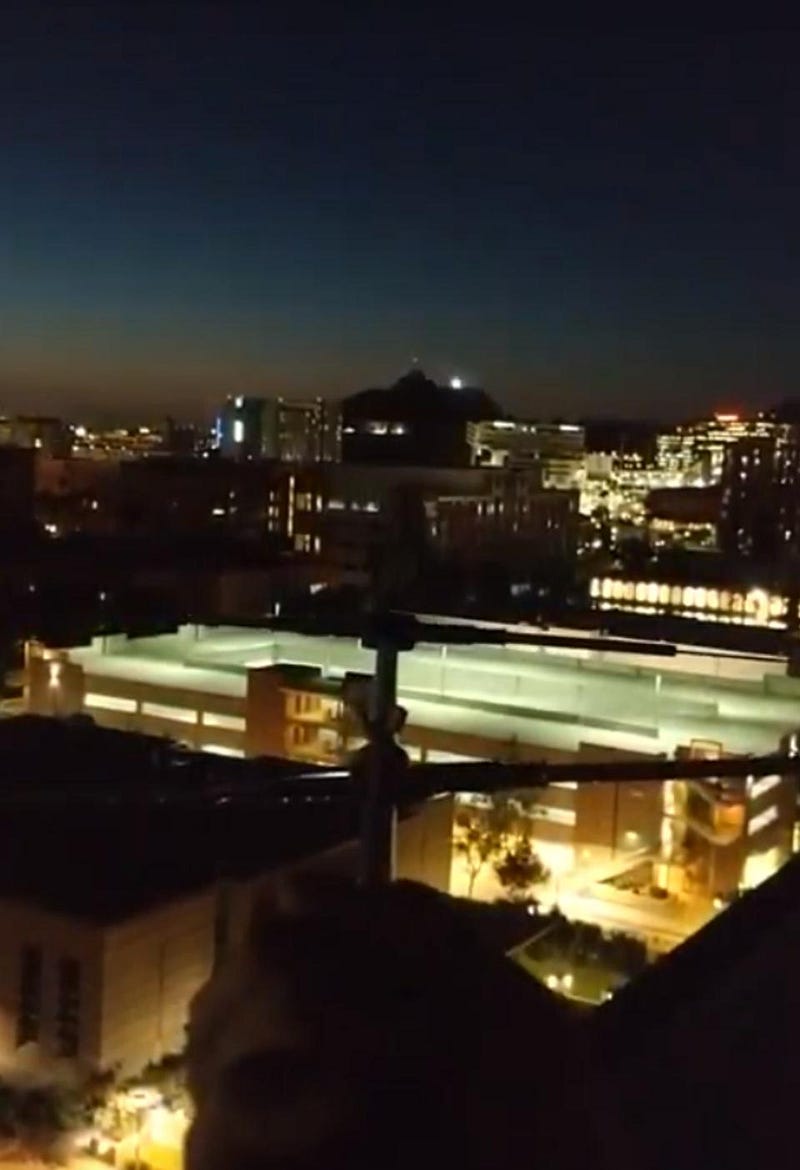
In astronomy, there are two basic categories of phenomena we can investigate with the observational tools in our arsenal.
- Static phenomena. These are the properties of the objects in the night sky you see that don’t change. Objects that are far enough away that they don’t appear to move relative to the other objects in the sky, objects that don’t vary in brightness, and objects that don’t undergo any catastrophic or cataclysmic changes all fall into this category. This is what people most often think of when they think of astronomy: unchanging objects that you can view anytime and see them exactly as they always are.
- Transient phenomena. Basically, a transient phenomenon is anything that moves, changes, or comes-and-goes with time. Nearby objects, like the ones in our Solar System, are transient in position. Variable stars aren’t constant in time. And numerous events — particularly on fast timescales, like mergers, explosions, disruptions, and collapse — that cause rapid brightening or dimming fall into the transient category as well.
The problem with satellite pollution is that the presence of these artificial objects severely confound and limit the types of transient phenomena we can detect.
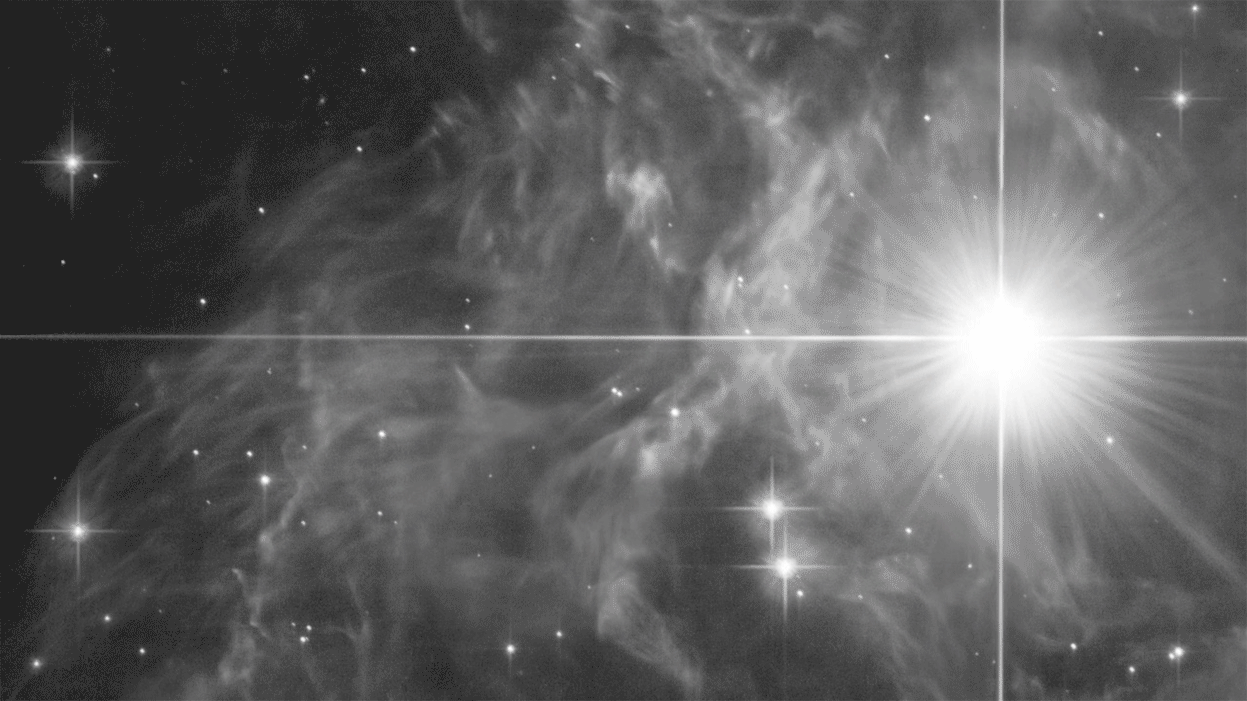
The basic problem is that certain signals can only be extracted from the data if they stand out against the noise. For static signals, it’s not that big of a deal; if you’re looking at an object and a satellite appears in your detector, you can just subtract out the data from when the satellite was present, plus any additional time that your detector is saturated from the trail the satellite left in it. You’ll lose some data, but that can be mitigated with longer observing times.
However, transient phenomena will suffer drastically. The way that we detect transient phenomena — today with observatories like Pan-STARRS and the Zwicky Transient Facility, and in the future with the upcoming Vera Rubin Observatory — is with automated surveys. We take an image of the sky in a certain location, and then a short time later, we take another, identical image, and subtract the two. Anything that’s changed, brightened, appeared, disappeared, or moved will be highlighted and stored in a database.
The enormous problem is that satellites will create new optical transients — noise sources — that outnumber and outshine the natural sources astronomers are attempting to observe and understand. These inherently hardware problems, worst of all, cannot simply be fixed with software.
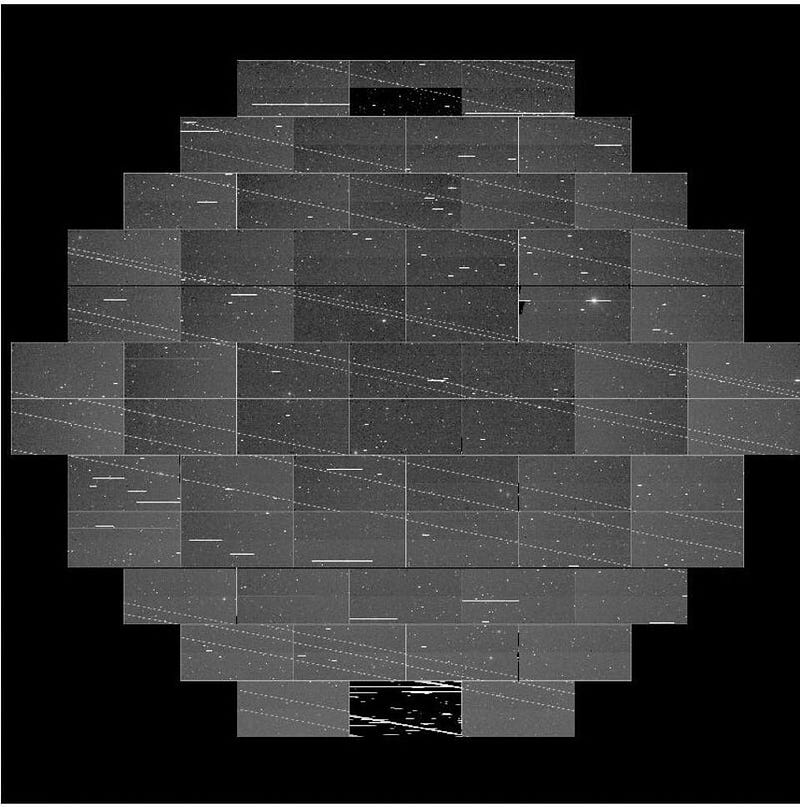
Since the launch of the first SpaceX Starlink satellites in 2019 — thus far the worst source of satellite-based light pollution — astronomers have begun organizing in efforts to help mitigate this new type of light pollution. Many of the world’s leading astronomical institutions, including the American Astronomical Society, the National Science Foundation, and the International Astronomical Union, have been working hard to convince satellite providers to reduce the brightness and numbers of their satellites as well as the impact on astronomy.
Simultaneously, they’re working towards global regulation of these satellites, including on an international level with organizations like the United Nations. The impact thus far on astronomy has already been substantial, but with the upcoming Vera Rubin Observatory, and the massive, automated telescope at its heart, the Large Synoptic Survey Telescope (LSST), even the most optimistic scenario will result in a loss of approximately ~20% of the most important objects, disproportionately affecting efforts like potentially hazardous asteroid tracking.
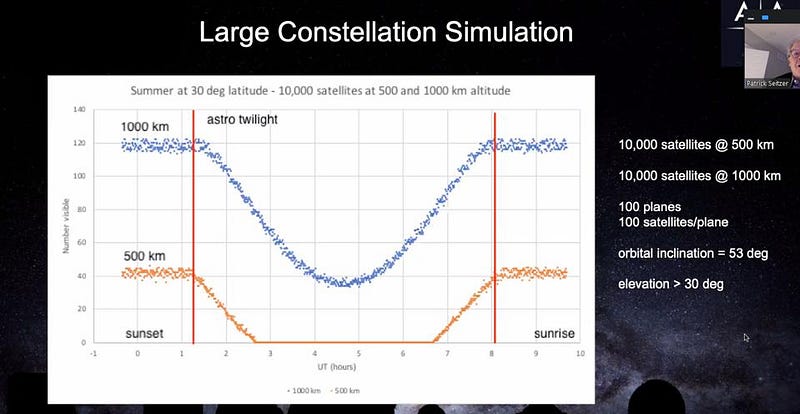
In the early days, one could have claimed that these difficulties were unforeseen and unforeseeable, as SpaceX initially did. Over the past two years, however, the astronomical community has put an enormous amount of time and effort into educating the public and the relevant industries about satellite pollution and potential mitigation efforts; at this point, there’s no excuse for not thinking of and reckoning with these issues. In fact, the second workshop on satellite constellations in the United States, SatCon2, was just announced for mid-July, 2021.
And yet, NASA just announced their 12th round of selected candidates for CubeSat space missions, and one of the selections, from Arizona State University, is the LightCube: a satellite explicitly designed to send a bright optical signal to any member of the public on Earth at any time they request it. You might think that there’s no reason for NASA to concern itself with satellite pollution (since it’s in space and not on the ground), but even a telescope as famous as Hubble has been “photobombed” by a Starlink satellite while it was taking data.
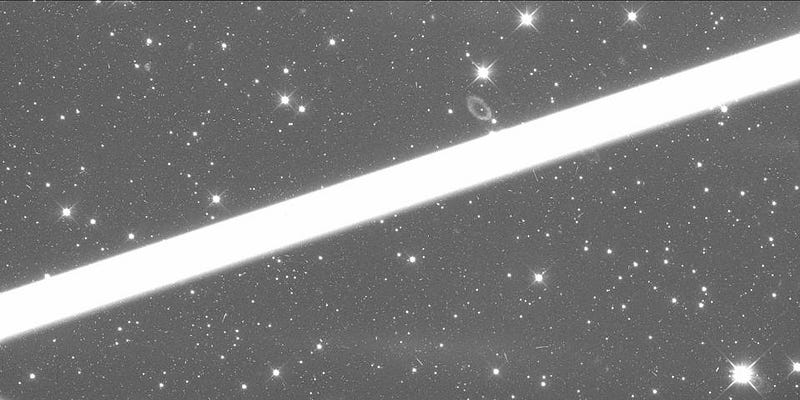
The LightCube itself appears to be a student-run project with a simple, seemingly innocuous goal: to allow amateur radio operators to communicate with the satellite. Anyone with the appropriate amateur radio licensing — and with equipment that costs less that $50 to obtain — will be able to telecommand the LightCube satellite. Through simple tracking with an app, the user will then be able to transmit a signal to the LightCube, and their reward will be a flash of light, created from the spacecraft using xenon tubes, that’s so bright it will be clearly visible from the ground.
According to Dr. Danny Jacobs, the associate director for laboratories at ASU’s Interplanetary Initiative,
“This is an education-based mission. Our goal in building and launching a spacecraft that can be commanded by the public is to inspire everyone to learn about telecommunications, spacecraft design, atmospheric and climate science, and orbital mechanics.”
All of that sounds good, of course, and is a worthy goal in science education. But like all projects, the full suite of effects, including unwanted effects, must be taken into account when evaluating such a proposal.
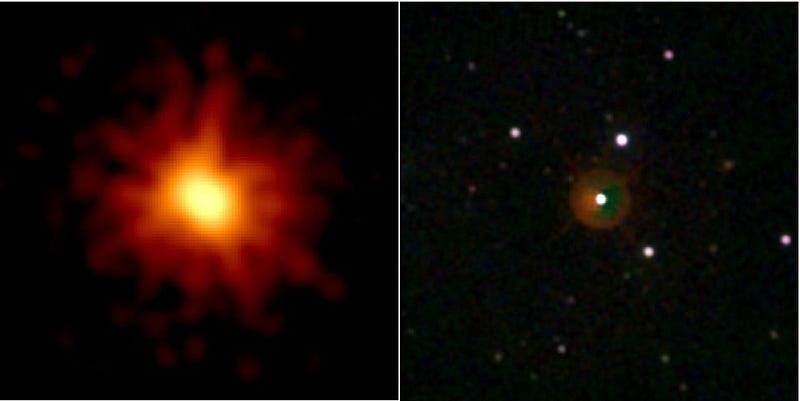
From the perspective of an astronomical observatory, what they’ll see will be the equivalent of a specific type of transient signal that has been sought, but never before seen, in nature: a fast optical burst. Just as astronomers have serendipitously discovered fast radio bursts, it’s been theorized that a visible-light equivalent or counterpart may be created as well. Astronomers have been searching for them, albeit to no avail, and now there’s going to be a source of noise that will mimic them precisely.
The downsides are extreme. In terms of light pollution:
- all large-area surveys will be affected, in that any signal generated by the LightCube while it’s above the horizon for any ground-based observatory can interfere with science observations,
- the brightness of the LightCube will be extreme, on par with the light signals from the brightest planets, saturating detectors and rendering them unusable for some time after each “flash” is emitted,
- the satellite can be activated by anyone at any time, meaning that it’s not possible to predict when or where these optical bursts will occur,
- and that this sets an enormously bad example for all current and prospective satellite providers, as it demonstrates a lack of concern within the community for issues that are vitally important to a sustained enterprise of ground-based astronomy.
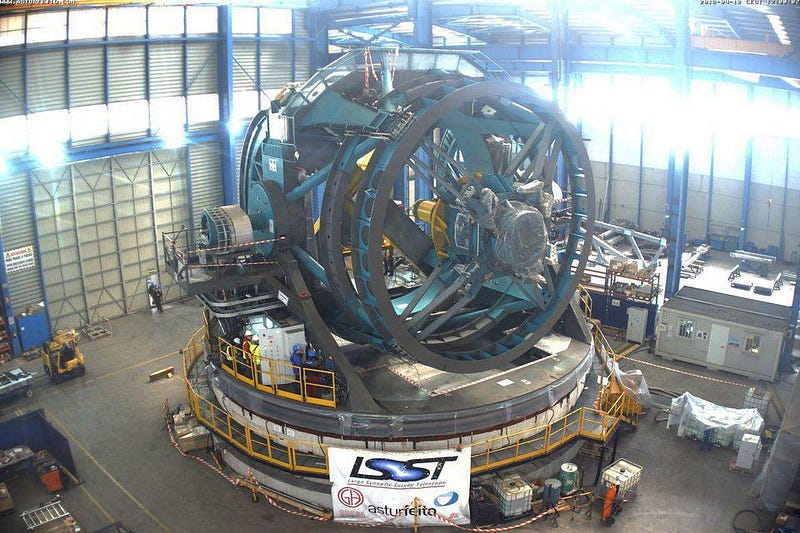
The frustrating thing about this project is that the goals of it are completely reasonable, but that the implementation is horrific. Of all the things one could choose to do to alert or communicate success to the user — which other CubeSats, like Foras Promineo from a local school district in Sandusky, Ohio, successfully do — why did the LightCube team choose an incredibly bright, disruptive optical signal? Why are there no measures built in to prevent activation of the satellite when it’s visible from ground-based observatories? And why did the signal have to be in the optical at all?
Moreover, why would a prominent institution like Arizona State University even propose this mission? Where was the faculty oversight of this student-sponsored project? How did NASA wind up selecting this particular project without demanding changes to mitigate the effects on ground-based astronomy?
None of these questions have good answers, and it raises red flags about both satellite brightness and the effects on light pollution, and also on the ethics — or lack thereof — of robbing all the denizens of Earth of the dark night sky that is our multi-billion-year-old heritage.
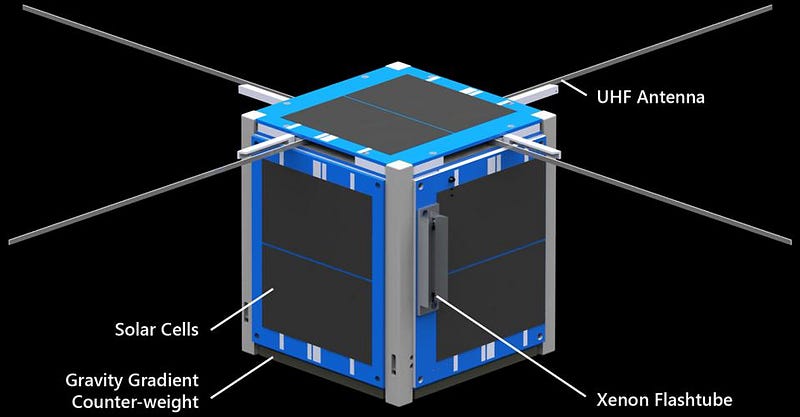
You might argue that the situation would be different if there were an enormous benefit — either scientifically or technologically — to this particular mission, but there is none. There is no science to be gained from this mission at all; it’s sole value lies in education for a specific, small subset of enthusiasts: amateur HAM radio operators. Typically, when such missions are proposed, there must be significant coordination in order to avoid interference. However, in the optical band, there are no regulations in place like there are for the radio.
Billed as an education mission, it’s really just a “fun demonstration” that you can see what you command in space from the ground. However, the downsides are enormous, as this satellite will be the single brightest contributor to artificial light pollution when it’s active. Worst of all, it contributes to a growing problem from the very organizations — NASA and members of the astronomical community — that should be setting the example for how to behave responsibly.
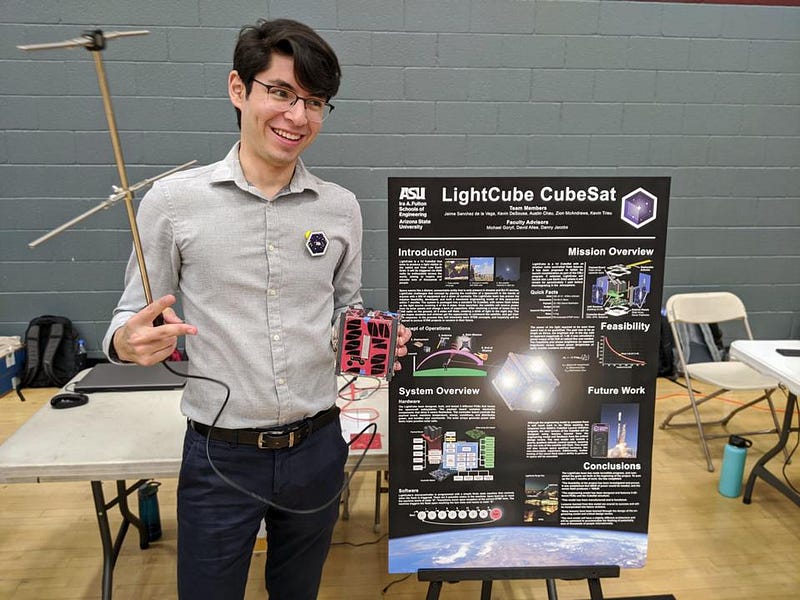
There are all sorts of types of pollution that we create where we don’t consider the ill effects until it’s too late to reverse course. The idea of seeing a signal from space that’s activated explicitly by one human user, but that will affect every ground-based observer who has a clear line-of-sight to that satellite, is unconscionable for an astronomer. We have extremely tight regulations on cities, infrastructure, and ground-based light sources near an observatory, and it’s now apparent that even a student-run project, even one vetted by NASA, can circumvent all of that hard work with one ill-considered decision.
The truth should be more apparent than ever: we need guidelines, regulation, and consistency when it comes to preserving the night sky for all of humanity. Amateurs and professionals alike benefit from dark, clear skies, as do all humans and animals. The true value of dark, pristine skies has never been quantified, but the ill effects of losing our darkness have been measured on the health, sleep, and longevity of humans and other living creatures. We’re all free to live and create exactly as we choose, but not at the expense of the health, wellness, and freedom of others.
You can visit the LightCube website here.
Starts With A Bang is written by Ethan Siegel, Ph.D., author of Beyond The Galaxy, and Treknology: The Science of Star Trek from Tricorders to Warp Drive.





